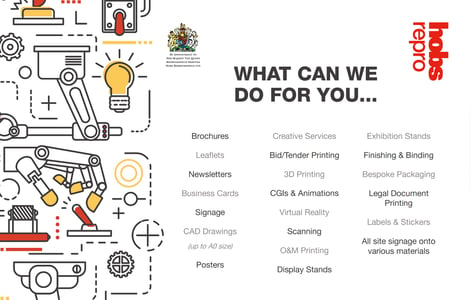The Evolution of Food Posters & The Psychology Behind Them!
20 September 2023
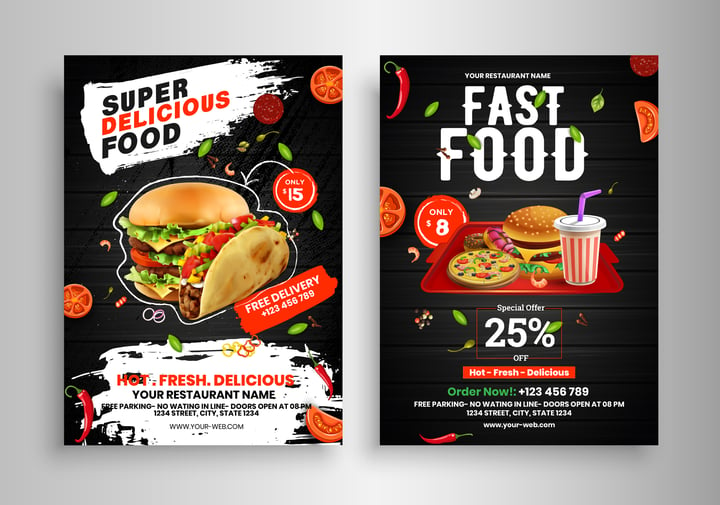
Food posters have been an essential tool in marketing and advertising for decades. These visually enticing images have the power to make our mouths water, stir cravings, and ultimately influence our food choices. In this article, we will explore the fascinating evolution of food posters, delving into the advent of food photography, the psychology behind these visuals, and how they have revolutionised the marketing of food for restaurants, supermarkets, and beyond. Whether it's enticing restaurant-goers or driving sales in supermarkets, food posters have come a long way and continue to play a pivotal role in the industry.
The Birth of Food Posters & Photography
The concept of photographing food can be traced back to the late 19th century when advancements in photography technology allowed for more detailed and high-quality images. However, it wasn't until the mid-20th century that food photography truly took off. Prior to this, food was predominantly represented through illustrations and paintings in advertisements.
Photography brought authenticity to food marketing. Instead of relying on artistic interpretations, advertisers could now showcase actual dishes as they would appear on a customer's plate. This shift was pivotal in conveying the true essence of food products to consumers.
In a comprehensive guide to supermarket digital signage by MandoEMedia
they talk about how using posters of food to advertise produce, meals etc. you can increase footfall by 17% and build daily sales by up to 30%!
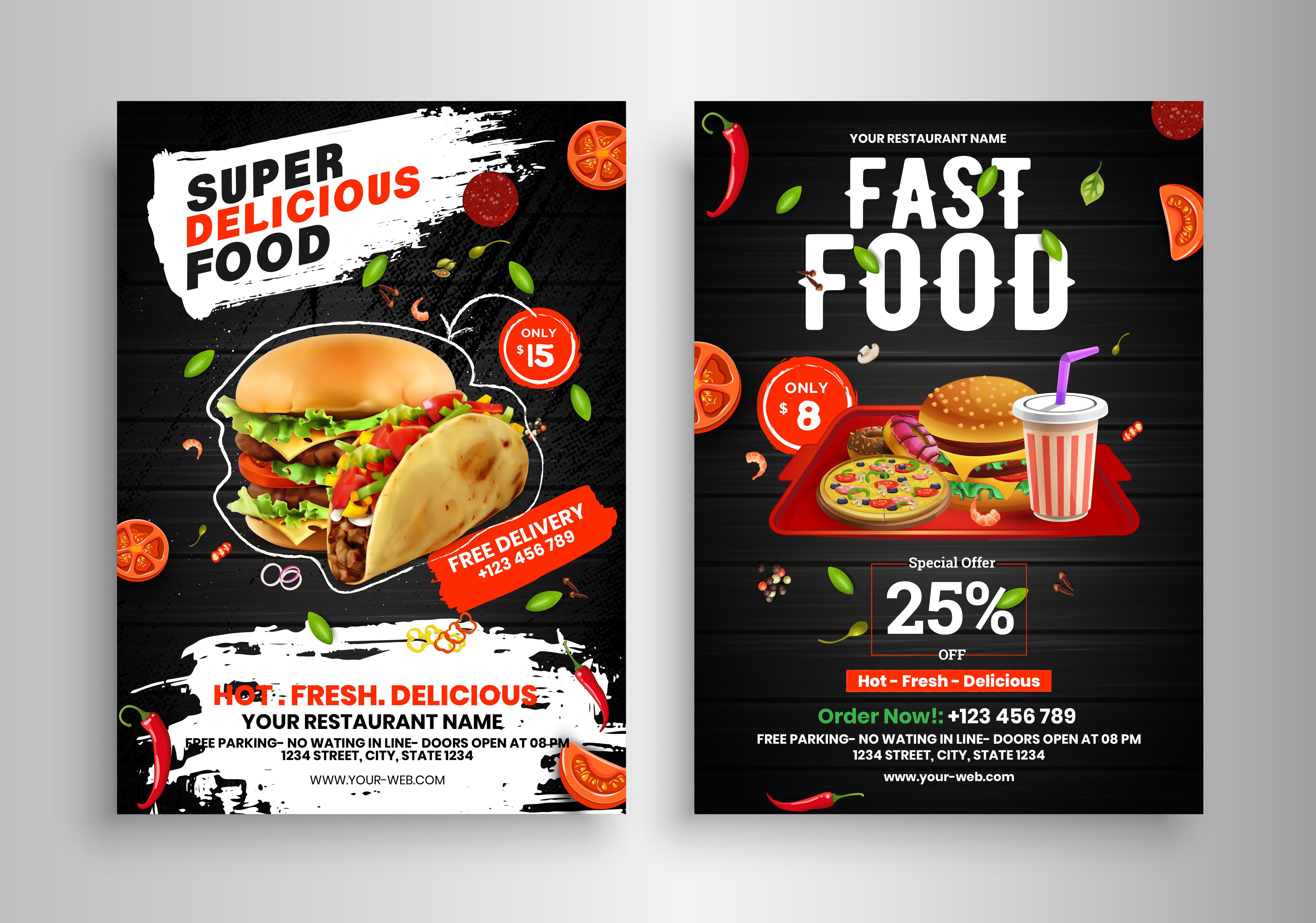
The Psychology of Seeing Food on a Poster
The psychology behind the impact of food posters on our minds is fascinating. Our brains are wired to respond to visual stimuli, and food posters capitalise on this innate response.
a. Appetite Stimulation: When we see images of delicious, well-presented food, our brain's reward centres are activated. The sight of appetizing food triggers the release of dopamine, a neurotransmitter associated with pleasure and desire, making us crave the depicted dishes.
b. Salivation Response: The mere sight of food can stimulate the production of saliva in our mouths, preparing our bodies for digestion. This physiological response can be triggered by vivid food posters, making us feel as though we are about to enjoy a meal.
c. Emotional Connection: Food is deeply tied to our emotions and memories. Food posters often tap into these emotional connections by showcasing nostalgic or culturally significant dishes, which can elicit warm feelings and a sense of comfort.
d. Social Influence: Humans are social creatures, and the desire to conform to societal norms and trends plays a significant role in our food choices. Food posters frequently depict popular or trendy dishes, encouraging consumers to try them to feel part of a larger cultural or social experience.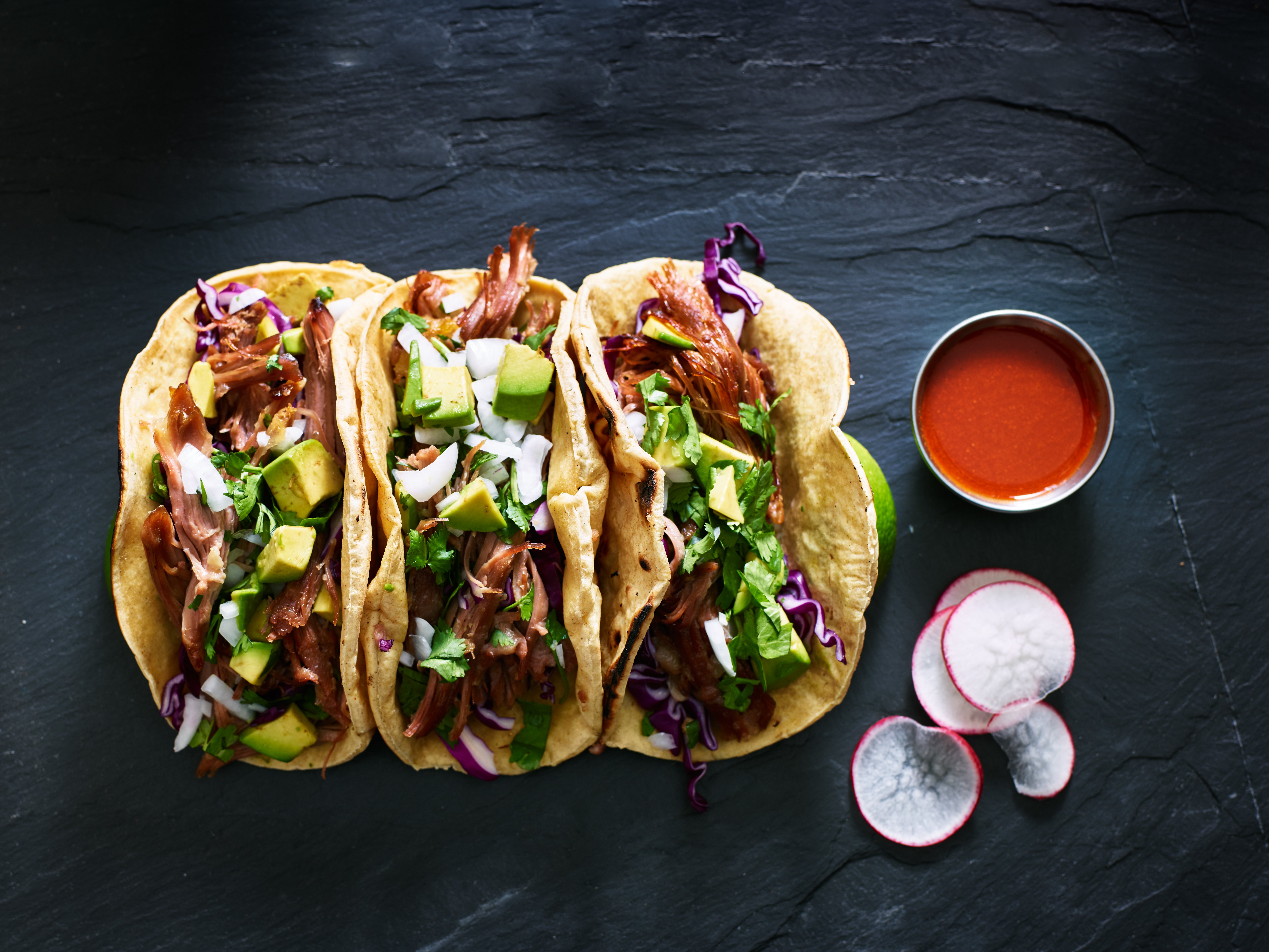
The Marketing Power of Food Posters
The marketing potential of food posters cannot be overstated. They are a versatile tool that serves various purposes across the food industry:
a. Restaurant Advertising: Restaurants rely heavily on food posters to attract customers. A well-designed poster featuring mouth-watering images of signature dishes can entice diners and draw them to a particular establishment.
McDonalds, according to System1's Test Your Ad platform, which tests ads with 150 consumers, 98% recognised the 60-second spot was a McDonald's ad before the end. The average score within the category is 91%, indicating the ad's “exceptional” strength in brand recognition.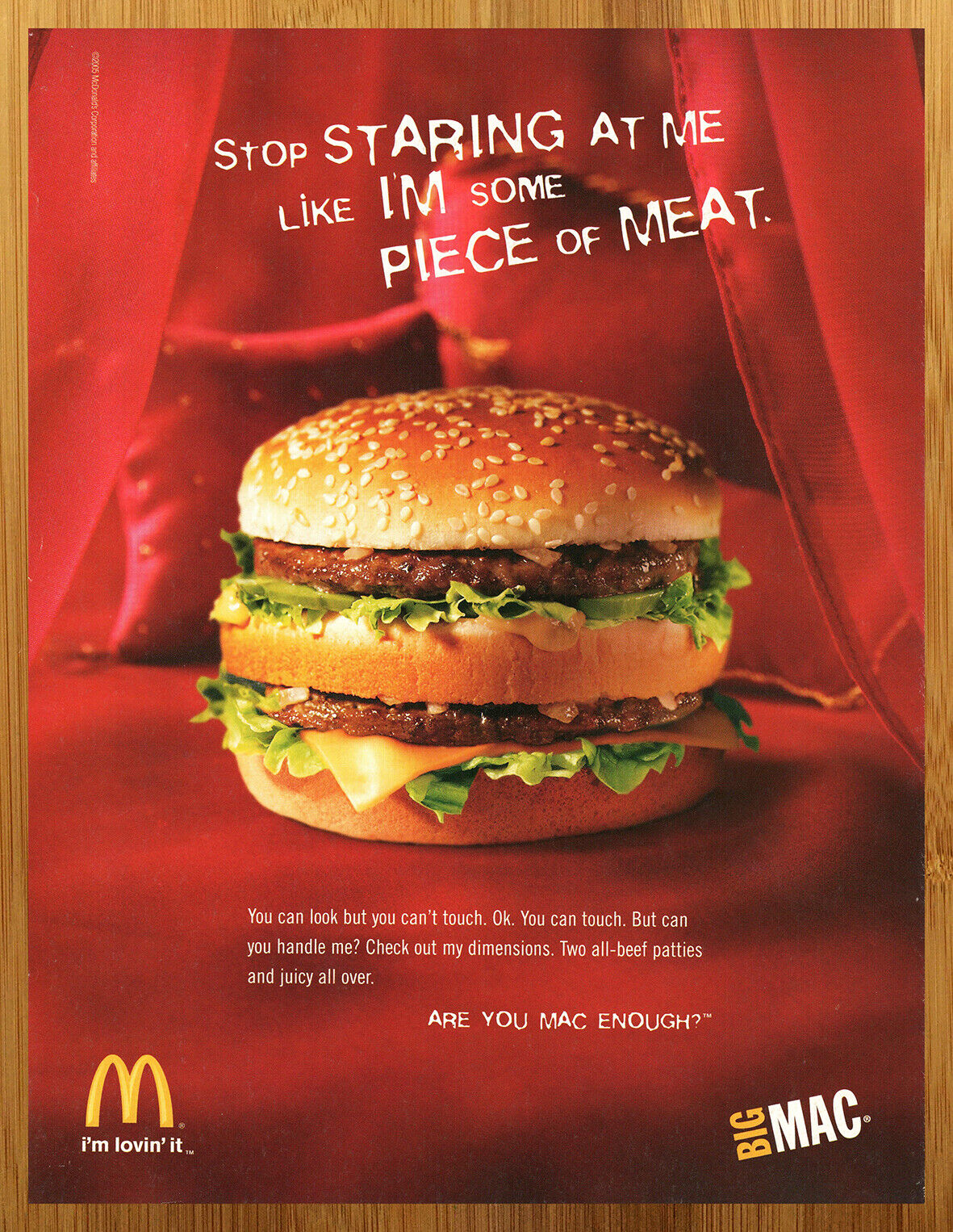
b. Supermarket Promotions: Supermarkets use food posters strategically to promote products and seasonal offerings. These posters often highlight discounts, special offers, or the freshness and quality of their produce to sway purchasing decisions.
Marks and Spencers are renowned for their mouth-watering posters and their unforgettable taglines. 
c. Product Branding: Food manufacturers use posters to build brand identity and recognition. The use of consistent imagery in advertisements fosters brand loyalty and trust among consumers.
d. Dietary Trends: Food posters can be used to promote specific dietary trends or lifestyles, such as veganism, gluten-free, or organic foods. These posters help create a sense of belonging for consumers who identify with these dietary choices.
e. Online Marketing: In the digital age, the evolution of food posters has extended to online platforms. Businesses can print posters online or create digital versions for use on websites and social media. The reach of online marketing is vast, allowing food posters to connect with a global audience.
Print Food Posters Online: The Modern Frontier
In recent years, the ability to print posters online has revolutionised the way food posters are created and distributed. This technology allows for greater flexibility and cost-effectiveness in producing eye-catching visuals. Businesses can collaborate with graphic designers and marketing teams to create compelling food posters, which can then be printed and distributed both online and in physical locations.
The evolution of food posters from simple illustrations to high-resolution photographs has forever changed the way we perceive and interact with food in marketing. The psychology behind the visual appeal of these posters taps into our innate desires and emotions, making them a potent tool for the food industry. Whether for restaurants, supermarkets, or product branding, food posters continue to play a pivotal role in shaping our food choices and driving business success. In the modern age, the ability to print posters online has further expanded their reach, ensuring that food posters remain a vital component of food marketing strategies.
If you need food posters printing, don't hesitate to get in touch with us here at Plan Printing 24!
BRB, need to go raid the cupboards!



